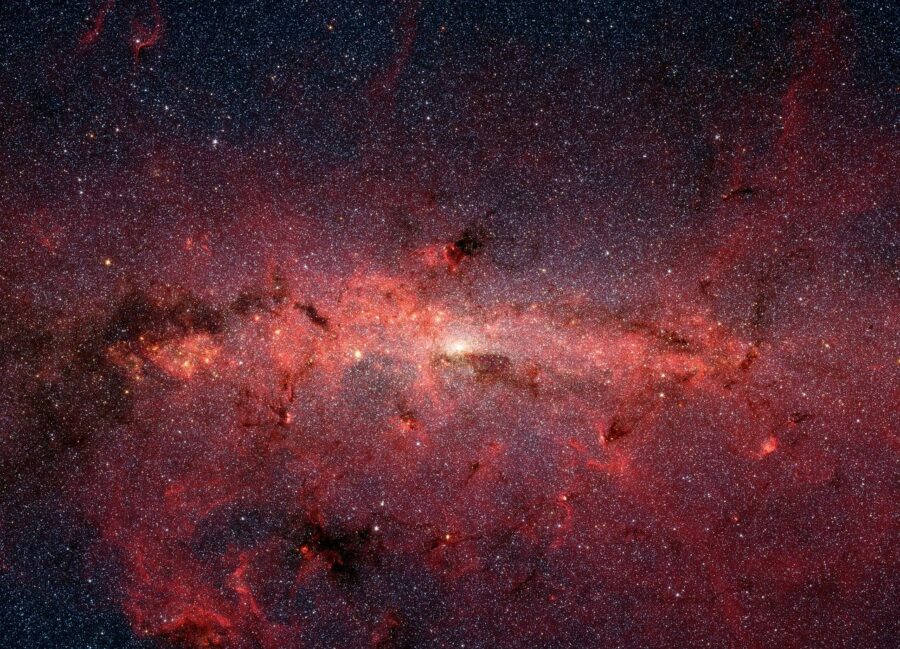Scientists Want To Send Small Animals To Other Star Systems
Scientists are starting to consider what it would mean to explore other star systems and what organisms from our planet should go first
This article is more than 2 years old

When it comes to exploring the cosmos, we still have a long way to go. Heck, we haven’t even gotten a human all the way to Mars yet. So we are taking relative baby steps here, slowly stepping out into the big void to see what exactly is going on out there. One way scientists are proposing we begin studying long-term space travel in other star systems and what it means to really venture out is to start sending living creatures out in humans’ place so we can test survival rates among other things. In this case, scientists from UC Santa Barbara are suggesting we start with sending tardigrades out there first to see what’s what.
Through a UC Santa Barbara press release (via Futurism), professors Phil Lubin and Joel Rothman discussed some of what they proposed in a paper that was published in Acta Astronautica. In it, there is a discussion about what it would mean to really begin exploring different star systems, something we’ve yet been able to do. And in suggesting what living beings to send out, the idea to start would be to retrofit a craft that could hold C. elegans, a kind of roundworms, or tardigrades, a type of micro-animal. There are a couple of reasons these two species might be the first to really conquer long-term space travel.
The suggestion to use C. elegans or tardigrades as the first living beings to exit our solar system starts first with their size. They are each smaller than a millimeter and that means the craft meant to shoot off to space can be very small to start. The initial idea is to launch tiny probes, some no bigger than the palm of your hand, out at very fast speeds. Lubin and Rothman are studying what kind of propulsion would be needed to reach the necessary speeds to exit the outer rim of our solar system, and then reach new star systems without it taking thousands of years. That kind of thing isn’t ready for humans yet, but building much smaller, water-based crafts could be the answer and those could house C. elegans or tardigrades to start.

In addition to being small, C. elegans and tardigrades also have a knack for survival. It’s very difficult to kill these suckers which make them somewhat ideal to withstand the relative rigors of space travel into other star systems. They can live in suspended animation aboard the tiny vessels. C. elegans have already been sent to the International Space Station for testing and tardigrades could be next in line to make the trip. The micro-animals, otherwise known as water bears or moss piglets look kind of like alien life themselves. We could put thousands of them on a disk the size of a cookie that was retrofitted for space travel. These are called StarChips and because of their size could be shot out and travel about 20% the speed of light.
The key to sending living things well out beyond our solar system and into other star systems is to study their behavior during the journey. We need to know whether things changed dramatically for their life systems as they distanced further and further from Earth and our sun. Of course, this kind of experimentation raises ethical concerns as well, not just for the organisms themselves, but also for those neighboring galaxies. Should we be sending life from our world to others? It’s not totally clear. In all, this kind of space flight with living organisms aboard is still some time off, but it’s never too early to think about the larger ramifications of such an endeavor.













